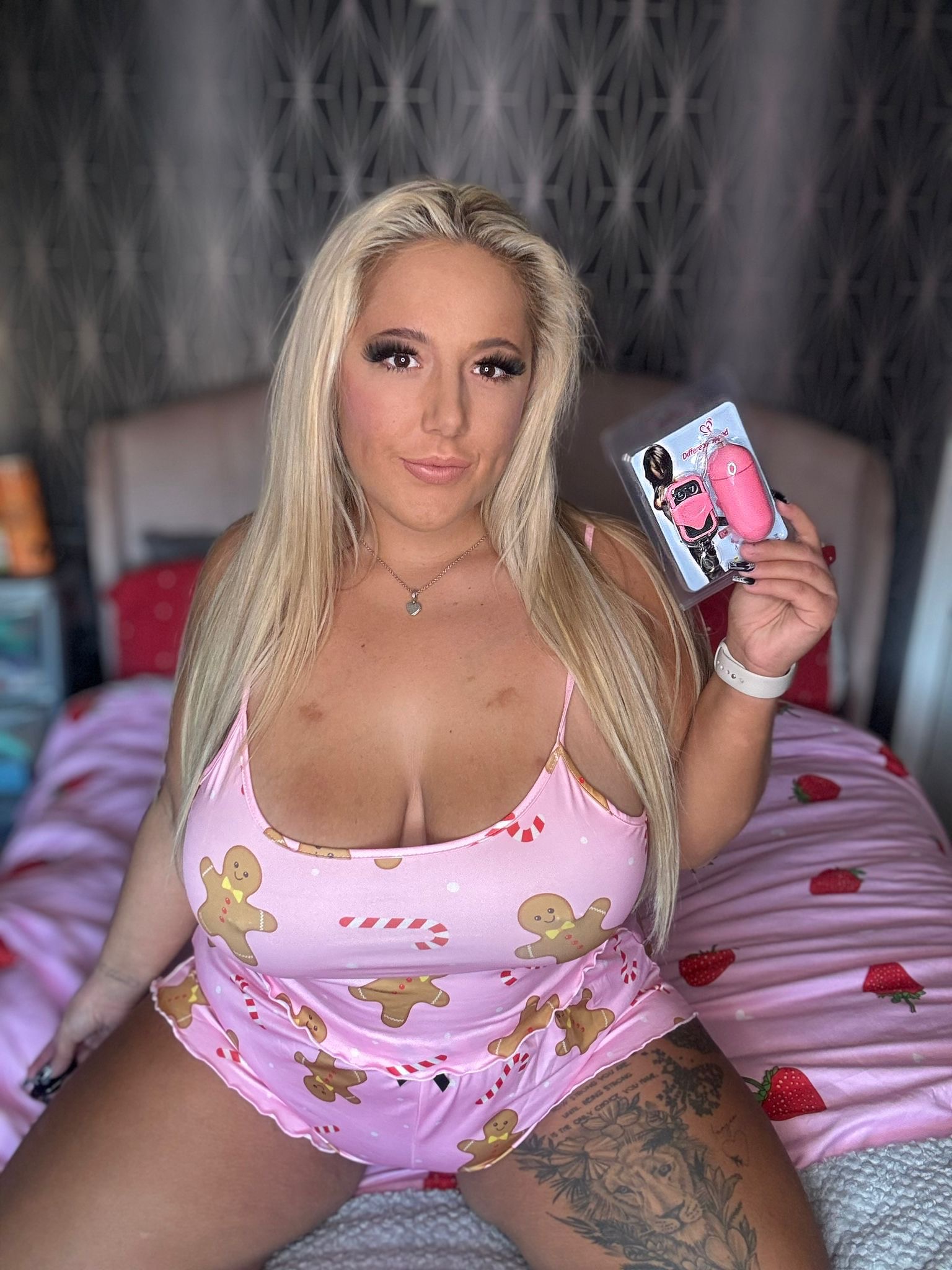Understanding Asexuality
Asexuality is a sexual orientation characterized by a lack of sexual attraction to others. It is important to understand that asexuality is not about celibacy or sexual ability, but rather about the absence of sexual desire. Asexual individuals may experience romantic attraction and form meaningful relationships, just like anyone else.
Defining Asexuality
Asexuality is a spectrum, meaning there are diverse ways in which people experience and express it. Some asexual individuals identify as completely without any sexual attraction, while others may experience it occasionally or under specific circumstances. It’s crucial to recognize that everyone’s experience with asexuality is unique and personal.
Understanding asexual experiences goes beyond simply the absence of sexual attraction. Asexual people may also have different preferences regarding physical intimacy, relationships, and romantic involvement. Some may be open to physical touch and cuddling, while others may not. Similarly, some may seek romantic relationships, while others may prefer platonic connections.
Spectrum of Asexuality
Asexuality is a sexual orientation characterized by a lack of sexual attraction to others. It is important to understand that asexuality is not about celibacy or sexual ability, but rather about the absence of sexual desire. Asexual individuals may experience romantic attraction and form meaningful relationships, just like anyone else.
Asexuality is a spectrum, meaning there are diverse ways in which people experience and express it. Some asexual individuals identify as completely without any sexual attraction, while others may experience it occasionally or under specific circumstances. It’s crucial to recognize that everyone’s experience with asexuality is unique and personal.
Understanding asexual experiences goes beyond simply the absence of sexual attraction. Asexual people may also have different preferences regarding physical intimacy, relationships, and romantic involvement. Some may be open to physical touch and cuddling, while others may not. Similarly, some may seek romantic relationships, while others may prefer platonic connections.
Asexual Identities: Beyond the Label
Asexuality is a sexual orientation characterized by a lack of sexual attraction to others. It is important to understand that asexuality is not about celibacy or sexual ability, but rather about the absence of sexual desire. Asexual individuals may experience romantic attraction and form meaningful relationships, just like anyone else.
Asexuality is a spectrum, meaning there are diverse ways in which people experience and express it. Some asexual individuals identify as completely without any sexual attraction, while others may experience it occasionally or under specific circumstances. It’s crucial to recognize that everyone’s experience with asexuality is unique and personal.
Understanding asexual experiences goes beyond simply the absence of sexual attraction. Asexual people may also have different preferences regarding physical intimacy, relationships, and romantic involvement. Some may be open to physical touch and cuddling, while others may not. Similarly, some may seek romantic relationships, while others may prefer platonic connections.
- Aromantic: Individuals who do not experience romantic attraction.
- Demisexual: People who only experience sexual attraction after forming a strong emotional connection.
- Gray-Asexual: Those who experience sexual attraction rarely or in certain situations.
- Aceflux: Individuals whose level of sexual attraction fluctuates over time.
Experiences and Challenges
Exploring asexuality and its diverse expressions unveils a rich tapestry of experiences and challenges. Asexuality, a sexual orientation characterized by the absence of sexual attraction, encompasses a wide spectrum of identities and expressions, each with its own unique set of experiences. Understanding these complexities requires acknowledging the diversity within the asexual community and recognizing that individuals navigate relationships, intimacy, and societal expectations in various ways.
Navigating Relationships and Intimacy
Asexual individuals may face unique challenges when navigating relationships and intimacy due to societal misconceptions and a lack of understanding about asexuality.
One common challenge is the pressure to conform to societal norms that often equate sexual attraction with love and desirability. Asexual people may feel pressured to engage in sexual activity despite their lack of desire, leading to discomfort or resentment.
Another challenge lies in finding partners who understand and accept asexuality. Dating can be particularly difficult as asexual individuals may encounter skepticism, disbelief, or attempts to change them. This can lead to feelings of isolation and loneliness.

Furthermore, asexual people may experience internalized shame or anxiety about their identity due to societal stigma. They may fear being judged or rejected for not conforming to traditional expectations.
Despite these challenges, many asexual individuals build fulfilling relationships based on emotional intimacy, shared values, and mutual respect.
Communication and education are crucial for fostering understanding and acceptance of asexuality within relationships. Openly discussing desires, boundaries, and expectations can help create a safe and supportive environment for both partners.
It’s important to remember that intimacy takes many forms, and it doesn’t always involve sexual activity. Asexual individuals may find fulfillment through non-sexual forms of intimacy, such as emotional closeness, shared activities, or acts of kindness.
Ultimately, navigating relationships and intimacy as an asexual person requires self-acceptance, open communication, and the courage to challenge societal norms.
Social Stigma and Misconceptions

Exploring asexuality and its diverse expressions unveils a rich tapestry of experiences and challenges. Asexuality, a sexual orientation characterized by the absence of sexual attraction, encompasses a wide spectrum of identities and expressions, each with its own unique set of experiences. Understanding these complexities requires acknowledging the diversity within the asexual community and recognizing that individuals navigate relationships, intimacy, and societal expectations in various ways.
Asexual individuals may face unique challenges when navigating relationships and intimacy due to societal misconceptions and a lack of understanding about asexuality.
One common challenge is the pressure to conform to societal norms that often equate sexual attraction with love and desirability. Asexual people may feel pressured to engage in sexual activity despite their lack of desire, leading to discomfort or resentment.
Another challenge lies in finding partners who understand and accept asexuality. Dating can be particularly difficult as asexual individuals may encounter skepticism, disbelief, or attempts to change them. This can lead to feelings of isolation and loneliness.
Furthermore, asexual people may experience internalized shame or anxiety about their identity due to societal stigma. They may fear being judged or rejected for not conforming to traditional expectations.
Despite these challenges, many asexual individuals build fulfilling relationships based on emotional intimacy, shared values, and mutual respect.

Communication and education are crucial for fostering understanding and acceptance of asexuality within relationships. Openly discussing desires, boundaries, and expectations can help create a safe and supportive environment for both partners.
It’s important to remember that intimacy takes many forms, and it doesn’t always involve sexual activity. Asexual individuals may find fulfillment through non-sexual forms of intimacy, such as emotional closeness, shared activities, or acts of kindness.
Ultimately, navigating relationships and intimacy as an asexual person requires self-acceptance, open communication, and the courage to challenge societal norms.
Mental Health Considerations
Exploring asexuality and its diverse expressions unveils a rich tapestry of experiences and challenges. Asexuality, a sexual orientation characterized by the absence of sexual attraction, encompasses a wide spectrum of identities and expressions, each with its own unique set of experiences. Understanding these complexities requires acknowledging the diversity within the asexual community and recognizing that individuals navigate relationships, intimacy, and societal expectations in various ways.
Asexual individuals may face unique challenges when navigating relationships and intimacy due to societal misconceptions and a lack of understanding about asexuality.
One common challenge is the pressure to conform to societal norms that often equate sexual attraction with love and desirability. Asexual people may feel pressured to engage in sexual activity despite their lack of desire, leading to discomfort or resentment.
Another challenge lies in finding partners who understand and accept asexuality. Dating can be particularly difficult as asexual individuals may encounter skepticism, disbelief, or attempts to change them. This can lead to feelings of isolation and loneliness.
Furthermore, asexual people may experience internalized shame or anxiety about their identity due to societal stigma. They may fear being judged or rejected for not conforming to traditional expectations.
Despite these challenges, many asexual individuals build fulfilling relationships based on emotional intimacy, shared values, and mutual respect.
Communication and education are crucial for fostering understanding and acceptance of asexuality within relationships. Openly discussing desires, boundaries, and expectations can help create a safe and supportive environment for both partners.
It’s important to remember that intimacy takes many forms, and it doesn’t always involve sexual activity. Asexual individuals may find fulfillment through non-sexual forms of intimacy, such as emotional closeness, shared activities, or acts of kindness.
Ultimately, navigating relationships and intimacy as an asexual person requires self-acceptance, open communication, and the courage to challenge societal norms.
Representation and Visibility
Representation and visibility are crucial for any marginalized group, and asexuality is no exception. When asexual individuals are seen and heard in media, literature, and everyday conversations, it helps normalize their experiences and challenges the misconception that everyone feels sexual desire. Increased visibility can also foster a sense of belonging and acceptance within the asexual community.
Media Portrayals of Asexuality
Representation and visibility are crucial for any marginalized group, and asexuality is no exception. When asexual individuals are seen and heard in media, literature, and everyday conversations, it helps normalize their experiences and challenges the misconception that everyone feels sexual desire. Increased visibility can also foster a sense of belonging and acceptance within the asexual community.
- Accurate portrayals of asexual characters in film, television, and books help break down stereotypes and misconceptions.
- Seeing asexual people represented in diverse roles, backgrounds, and relationships shows the breadth of experiences within the asexual community.
- Positive and respectful representations contribute to a more inclusive and understanding society.
Building Inclusive Communities
Representation and visibility are crucial for any marginalized group, and asexuality is no exception. When asexual individuals are seen and heard in media, literature, and everyday conversations, it helps normalize their experiences and challenges the misconception that everyone feels sexual desire. Increased visibility can also foster a sense of belonging and acceptance within the asexual community.
Representation and visibility are crucial for any marginalized group, and asexuality is no exception. When asexual individuals are seen and heard in media, literature, and everyday conversations, it helps normalize their experiences and challenges the misconception that everyone feels sexual desire. Increased visibility can also foster a sense of belonging and acceptance within the asexual community.
- Accurate portrayals of asexual characters in film, television, and books help break down stereotypes and misconceptions.
- Seeing asexual people represented in diverse roles, backgrounds, and relationships shows the breadth of experiences within the asexual community.
- Positive and respectful representations contribute to a more inclusive and understanding society.
Building inclusive communities requires a conscious effort to create spaces where everyone feels safe, respected, and valued.
- Educating oneself about different sexual orientations and gender identities helps challenge biases and promote understanding.
- Creating welcoming and supportive environments where people feel comfortable sharing their experiences is essential.
- Amplifying the voices of marginalized communities and celebrating their diversity strengthens the fabric of society.
Advocacy and Activism
Representation and visibility are crucial for any marginalized group, including asexual individuals. When asexual people are depicted authentically in media, literature, and everyday life, it challenges misconceptions about asexuality and normalizes diverse experiences. This increased visibility can lead to greater understanding, acceptance, and a sense of belonging within the asexual community.
Advocacy and activism play a vital role in advancing the rights and well-being of asexual people. Through education, raising awareness, and challenging discriminatory attitudes, advocates work to create a more inclusive society where asexual individuals are respected and valued. Some key areas of focus include:
* **Promoting accurate representation:** Advocating for inclusive portrayals of asexual characters in media and popular culture helps break down stereotypes and fosters understanding.
* **Combatting misinformation:** Addressing myths and misconceptions about asexuality through education and public awareness campaigns is crucial to combatting prejudice and discrimination.
* **Protecting legal rights:** Working towards policies that ensure equal rights and protections for asexual individuals, such as in areas like healthcare and employment, is essential.
Building inclusive communities requires ongoing effort and a commitment to creating safe and welcoming spaces for everyone. This includes:
* **Education:** Educating oneself about different sexual orientations and gender identities helps challenge biases and promotes understanding.
* **Creating inclusive environments:** Making an effort to create welcoming and supportive environments where individuals feel comfortable expressing themselves authentically is crucial.
* **Amplifying marginalized voices:** Listening to and amplifying the voices of asexual people, allowing them to share their experiences and perspectives, is essential for creating meaningful change.
Conclusion
Exploring asexuality and its diverse expressions reveals a tapestry of lived experiences. It underscores the importance of understanding, acceptance, and inclusivity. While challenges exist, such as societal misconceptions and pressure to conform, asexual individuals build fulfilling lives based on authentic connections and self-acceptance. Continued advocacy, education, and representation are vital for creating a society where all sexual orientations are valued and respected.
Find Affordable Luxury Vibrators
Shop Compact Realistic Vibrators for Real-Life Pleasure
Find Vibrators in Chic and Trendsetting Shapes
Get Compact and Stylish Bullet Vibrators Online
Buy Ergonomic Vibrators with Wireless Remote Control
Discover Vibrators That Are Both Functional and Luxurious
Shop Affordable Wireless Vibrators
Get Rechargeable Waterproof Vibrators for Less
Your Relationship Edge
Wear Is It From
- Nu-Derm Skin System Near Seale, Surrey - November 2, 2025
- Nu-Derm Skin System Near Cranleigh, Surrey - October 31, 2025
- Non-Surgical Bum Lift (BBL) With PLLA Vs Liposuction: Which Treatment Is Right For You? - October 29, 2025
